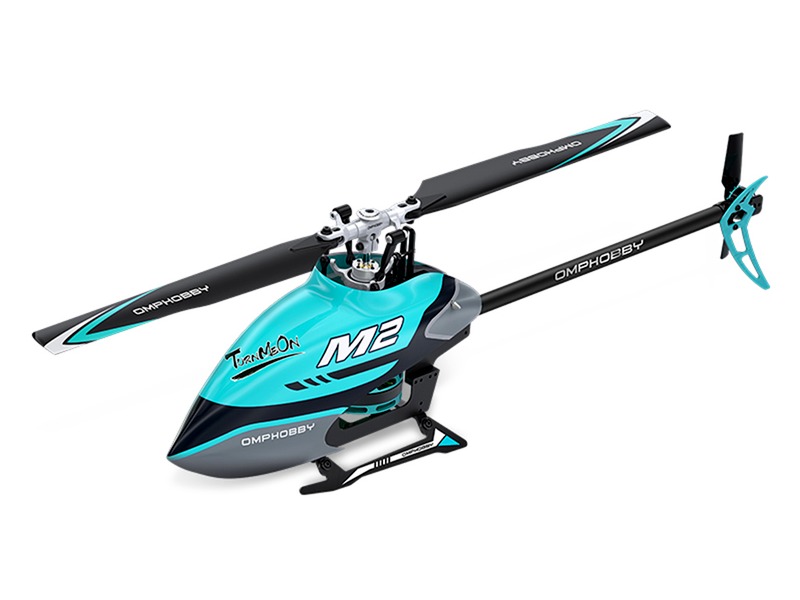What does 3D mean in RC helicopter?

3D in RC helicopter refers to a type of radio-controlled (RC) flying that is typically more advanced than traditional aerial maneuvers. 3D flying involves maneuvers that utilize the full three-dimensional capabilities of the helicopter, as opposed to traditional flying which only uses the two-dimensional x and y axes. This type of flying requires an advanced level of skill and precision.
The term 3D comes from the fact that the helicopter can move in three dimensions, rather than the two dimensions of regular flying. This type of flying allows a pilot to perform more complex aerial maneuvers and tricks, such as rolls, loops, piroettes, and improv spins. 3D flying requires a great deal of practice and skill in order to master the maneuvers.
In order to fly 3D, a helicopter must have certain features, such as a heading lock gyro, a computerized stabilization system, and powerful brushless motors. The heading lock gyro helps the helicopter control its attitude and direction in flight, while the stabilization system helps to keep the helicopter in a stable position. The brushless motors allow the helicopter to have greater power and speed, allowing it to perform a variety of stunts and aerial maneuvers.
The most popular 3D maneuvers typically involve a combination of rolls, loops, and flips. A pilot must be able to control the helicopter’s altitude and attitude in order to successfully perform these maneuvers. Many advanced pilots also utilize additional components, such as rudder inputs and gyroscope settings, to further increase their control and accuracy.
Some 3D pilots also use a technique known as “Flip-Flop” flying to perform maneuvers that involve both horizontal and vertical motion. This type of flying requires a great deal of skill and practice.
3D flying is not for the faint of heart. It requires a high level of skill and precision, as well as a great deal of practice. However, the thrill of performing complex aerial maneuvers is well worth the effort. With enough practice, even the most novice pilot can eventually master the art of 3D flying.
Comments / Question
2. Spatial awareness: Pilots must be aware of the helicopter’s position in relation to obstacles and other aircraft.
3. Familiarity with basic controls: Pilots must understand the basic controls of their RC helicopter to be able to fly it successfully.
4. Understanding of aerodynamics: Pilots must have a basic understanding of aerodynamic principles, such as lift and thrust, to be able to manipulate the helicopter in three dimensions.
5. Practice: As with any skill, practice makes perfect! Piloting a 3D RC helicopter requires a dedicated effort over time in order to become proficient.
2. Make sure the helicopter is powered off before handling it.
3. Make sure the controls are correctly set and the model is correctly balanced before flying.
4. Check all connections and wiring for any damages or fraying.
5. Make sure the flight area is clear of any obstacles.
6. Make sure the battery is charged and secure before flying.
7. Ensure the helicopter is securely fastened to the ground before taking off.
8. Fly in an open area away from people, animals, and buildings.
9. Do not fly in bad weather or strong winds.
10.Make sure the controller is not too close to the helicopter while flying.
2. Funnels
3. Inverted flight
4. Tail slides
5. Tic-tocs
6. Torque rolls
7. Tumbles
8. Funky chicken
9. Flips
10. Rainbows
11. Hurricanes
12. Waterfalls
13. Flying backwards
14. Back flips
15. Inverted hover
16. Helicopter to airplane transition
17. Elevator turns
18. Power loops
19. Stall turns
20. Hover pirouettes

